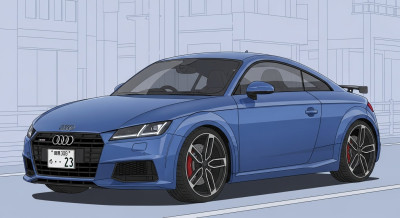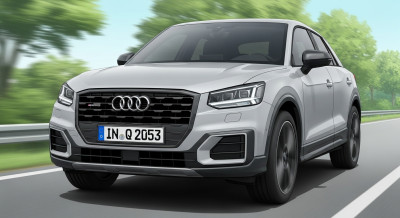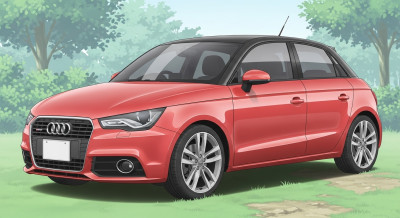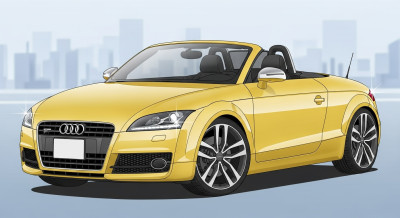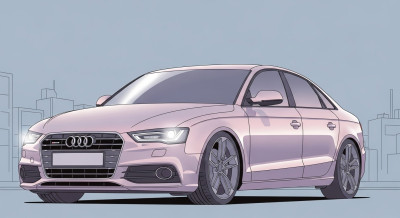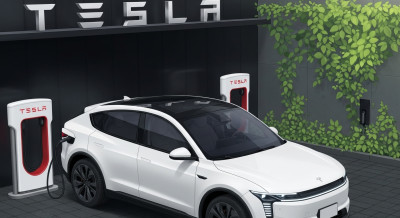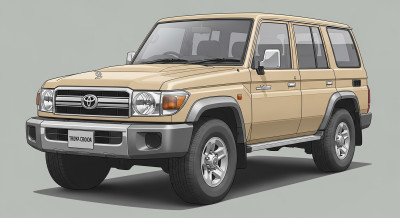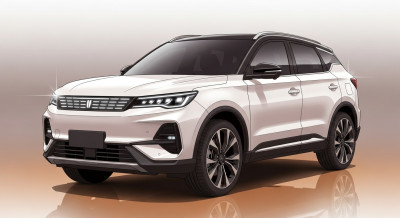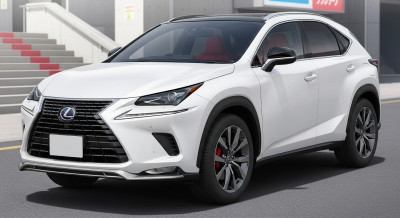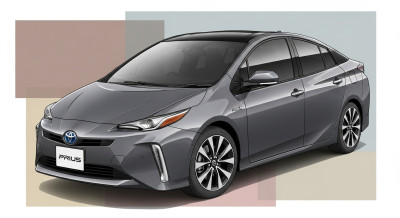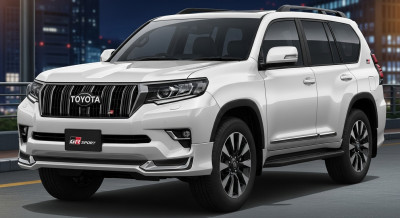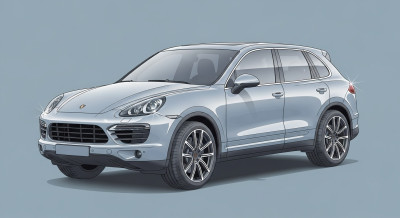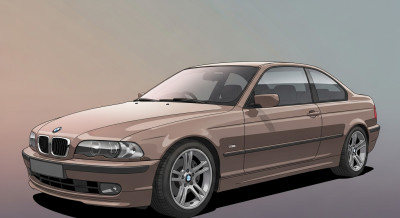Audi e-tron S Sportback Winter Driving Test
Consistent system reactions, reliable driving comfort
All of the vehicle systems involved need to respond consistently and reliably to the current driving conditions irrespective of the nature of the road surface. Ride comfort is a case in point. Finely tuned wheel damping avoids unpleasant phenomena like after-shake, shudder or shake, which are induced by road unevenness and often intensified by powertrain and wheel harmonic oscillation. The end result is the typical Audi ride comfort with vastly reduced secondary vibrations. The driver can hardly perceive interventions in the lateral dynamics; they are, at most, intuitively comprehensible.
Easy car control, even at the limits of grip
Drivers get a secure feeling of vehicle controllability if pronounced oscillation of the vehicle body is avoided when driving over large undulations. Therefore, tuning is intended to produce a car that is easy to control – even at the limits of grip. The underlying philosophy is to convey a feeling of consistent predictability in vehicle response. In the e-tron S, for example, the system engages the torque of the electric motors within only 30 milliseconds of recognizing the driving situation. Mechanical clutches are not utilised to apply torque in the electric all-wheel-drive system, instead electrical power is sent when and where necessary. The precision of this control systems’ interaction with the driver conveys a sense of safety. The steering is direct and gas pedal changes are immediately noticeable. It’s very easy to perceive how the vehicle’s character changes with the selected drive mode. Predictively recognizing driving situations, optimal interaction between subsystems
The mastermind of the regulating systems and control units is the Electronic Chassis Platform (ECP) with its integrated longitudinal and lateral torque distribution. It allows driving situations to be recognized predictively in order to adjust the vehicle as needed. It takes the speed, height values, the car’s vertical, roll, and pitching movements, the friction of the road, the current driving status, and understeering and oversteering into account, as well as information from the suspension systems involved. That network allows the ECP to ensure optimal interaction between the subsystems.
Torque distribution in milliseconds and high perceptibility
Audi aims to provide superior and easily manageable acceleration and deceleration in all driving situations. Audi lateral dynamics provide the driver with unambiguous feedback. When dynamically cornering, the front wheel inside the curve that has less load is slightly slowed down, which prevents slippage and improves handling. The electric torque vectoring in the e-tron S – the shifting of torque between the rear wheels – works similarly and particularly effectively. It happens in milliseconds and can engage extremely high torque for improved lateral dynamics. When the car accelerates out of the curve, the electric drive allocates more torque to the rear wheel on the outside of the curve and less to the rear wheel on the inside of the curve.
Superior traction, controlled handling – typical Audi
Superior traction – especially in difficult winter conditions – and controlled handling are typical driving characteristics for Audi. An Audi should be effortlessly controllable, unperturbed even by the most difficult road conditions. Audi models are easy to manage, they feel both at home in dense urban traffic and on the highway, where they demonstrate unquestionably secure high speed stability. There is always enough power available for passing. To be able to make the best possible use of physical limits, the wheel brake at the limits of grip gently decelerates the wheel on the inside of a curve on the front axle of an e-tron S or on the front and rear axles of an e-tron. This strategy applies more drive torque to the tires on the outside of the curve and increases cornering agility. The traction control system (ASR) acts in milliseconds because Audi shifts individual functional components from the electronic stabilization control (ESC) into the power electronics directly on the electric motors
Consistent system reactions, reliable driving comfort
All of the vehicle systems involved need to respond consistently and reliably to the current driving conditions irrespective of the nature of the road surface. Ride comfort is a case in point. Finely tuned wheel damping avoids unpleasant phenomena like after-shake, shudder or shake, which are induced by road unevenness and often intensified by powertrain and wheel harmonic oscillation. The end result is the typical Audi ride comfort with vastly reduced secondary vibrations. The driver can hardly perceive interventions in the lateral dynamics; they are, at most, intuitively comprehensible.
Easy car control, even at the limits of grip
Drivers get a secure feeling of vehicle controllability if pronounced oscillation of the vehicle body is avoided when driving over large undulations. Therefore, tuning is intended to produce a car that is easy to control – even at the limits of grip. The underlying philosophy is to convey a feeling of consistent predictability in vehicle response. In the e-tron S, for example, the system engages the torque of the electric motors within only 30 milliseconds of recognizing the driving situation. Mechanical clutches are not utilised to apply torque in the electric all-wheel-drive system, instead electrical power is sent when and where necessary. The precision of this control systems’ interaction with the driver conveys a sense of safety. The steering is direct and gas pedal changes are immediately noticeable. It’s very easy to perceive how the vehicle’s character changes with the selected drive mode. Predictively recognizing driving situations, optimal interaction between subsystems
The mastermind of the regulating systems and control units is the Electronic Chassis Platform (ECP) with its integrated longitudinal and lateral torque distribution. It allows driving situations to be recognized predictively in order to adjust the vehicle as needed. It takes the speed, height values, the car’s vertical, roll, and pitching movements, the friction of the road, the current driving status, and understeering and oversteering into account, as well as information from the suspension systems involved. That network allows the ECP to ensure optimal interaction between the subsystems.
Torque distribution in milliseconds and high perceptibility
Audi aims to provide superior and easily manageable acceleration and deceleration in all driving situations. Audi lateral dynamics provide the driver with unambiguous feedback. When dynamically cornering, the front wheel inside the curve that has less load is slightly slowed down, which prevents slippage and improves handling. The electric torque vectoring in the e-tron S – the shifting of torque between the rear wheels – works similarly and particularly effectively. It happens in milliseconds and can engage extremely high torque for improved lateral dynamics. When the car accelerates out of the curve, the electric drive allocates more torque to the rear wheel on the outside of the curve and less to the rear wheel on the inside of the curve.
Superior traction, controlled handling – typical Audi
Superior traction – especially in difficult winter conditions – and controlled handling are typical driving characteristics for Audi. An Audi should be effortlessly controllable, unperturbed even by the most difficult road conditions. Audi models are easy to manage, they feel both at home in dense urban traffic and on the highway, where they demonstrate unquestionably secure high speed stability. There is always enough power available for passing. To be able to make the best possible use of physical limits, the wheel brake at the limits of grip gently decelerates the wheel on the inside of a curve on the front axle of an e-tron S or on the front and rear axles of an e-tron. This strategy applies more drive torque to the tires on the outside of the curve and increases cornering agility. The traction control system (ASR) acts in milliseconds because Audi shifts individual functional components from the electronic stabilization control (ESC) into the power electronics directly on the electric motors.
 LEXUS
LEXUS  AUDI
AUDI  PORSCHE
PORSCHE  ROLLS-ROYCE
ROLLS-ROYCE  LAND ROVER
LAND ROVER  FERRARI
FERRARI  MASERATI
MASERATI  CADILLAC
CADILLAC  CHRYSLER JEEP
CHRYSLER JEEP 















